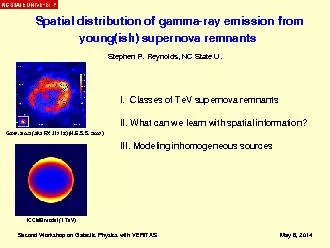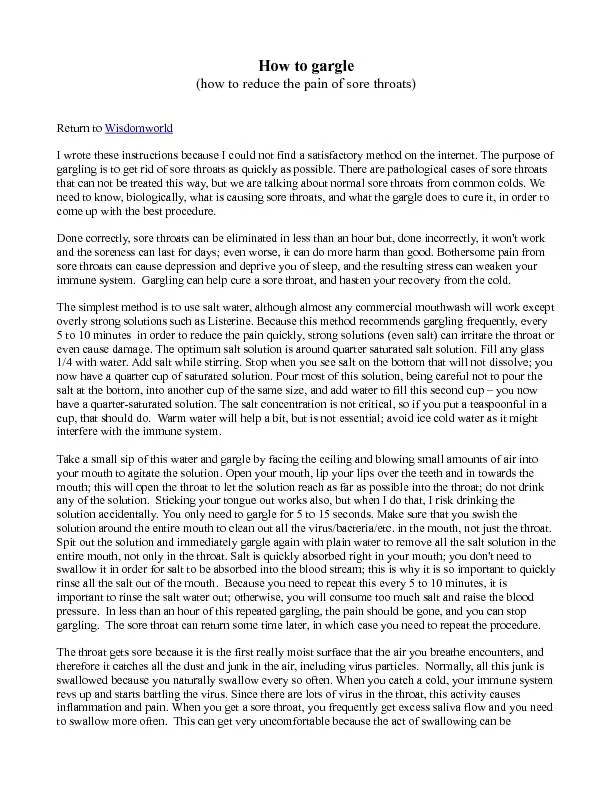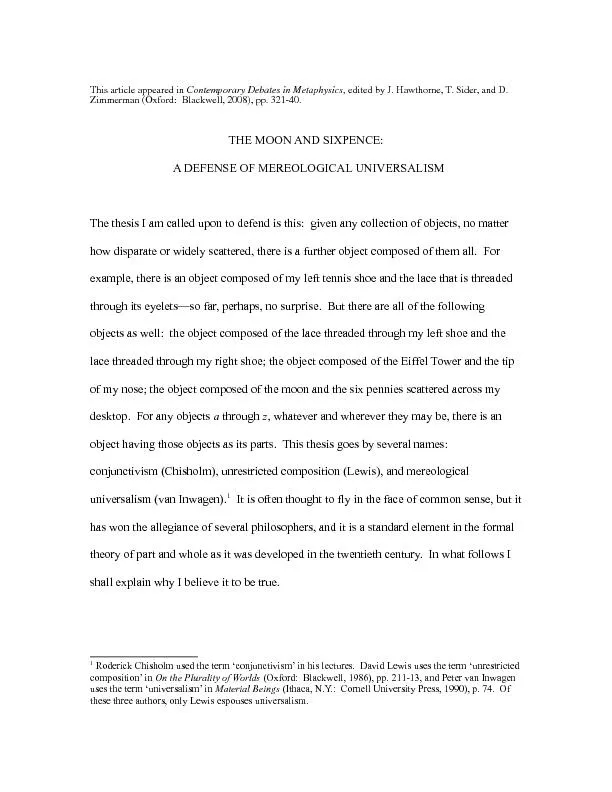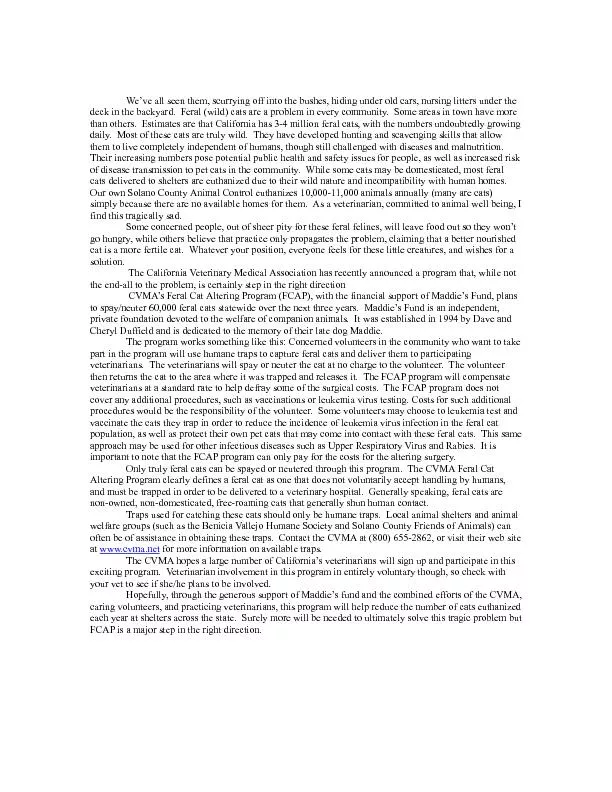PDF-S散潮搠Works桯瀠o渠䝡lؖ
Author : olivia-moreira | Published Date : 2015-12-11
Spx6174x6961x6C20dx6973tx7269x6275tionx206Ffx2067x616Dx6D61
Presentation Embed Code
Download Presentation
Download Presentation The PPT/PDF document "S散潮搠Works桯&#..." is the property of its rightful owner. Permission is granted to download and print the materials on this website for personal, non-commercial use only, and to display it on your personal computer provided you do not modify the materials and that you retain all copyright notices contained in the materials. By downloading content from our website, you accept the terms of this agreement.
S散潮搠Works桯瀠o渠䝡lؖ: Transcript
Download Rules Of Document
"S散潮搠Works桯瀠o渠䝡lؖ"The content belongs to its owner. You may download and print it for personal use, without modification, and keep all copyright notices. By downloading, you agree to these terms.
Related Documents














